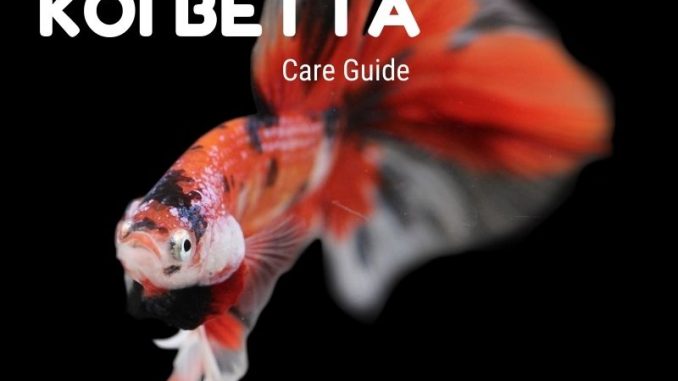
Betta fish come in many varieties, each with its own distinctive colors, patterns, and styles. Koi bettas are one example that is covered in a very familiar pattern.
They are known for being aggressive, but this only adds to their charms because they exhibit some interesting behaviors.
This article will discuss all the important information you will need when caring for koi bettas for the first time.
TABLE OF CONTENTS
Koi Betta Facts & Overview
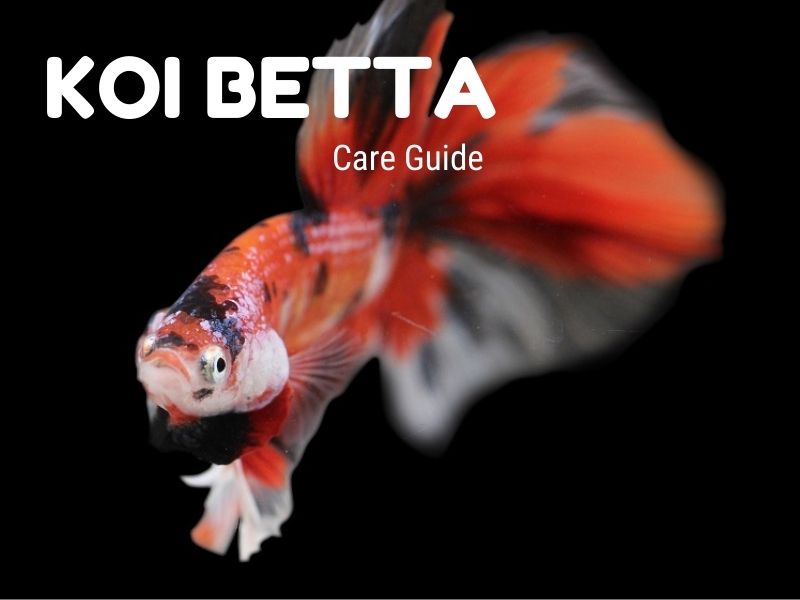
| Category | Rating |
| Care Level: | Moderate |
| Temperament: | Aggressive |
| Color: | Red, orange, black, and white |
| Lifespan: | 3 years |
| Size: | 3 inches |
| Diet: | Carnivore |
| Family: | Osphronemidae |
| Minimum Tank Size: | 10 gallons |
| Tank Setup: | Freshwater with plants and caves |
| Compatibility: | Kept singly or with peaceful shoaling species |
There are many different varieties of betta fish. They come in all shapes and colors. Koi bettas are a type of marbled betta.
Marbled bettas can be found in virtually any color combination, but koi bettas are bred to look like koi carp, which are commonly seen in garden ponds.
You are unlikely to find a koi betta in the wild, but more traditional varieties are native to Asia. They are most often associated with Thailand, but they live in Cambodia, Laos, and Vietnam too.
Bettas are also often called Siamese Fighting Fish, but they are known scientifically as Betta splendens, so look out for these names in pet stores too.
They are members of the Osphronemidae family, along with gouramis and paradise fish.
Koi bettas are considered exotic because they are one of many specially bred varieties, making them rarer. This means that you won’t find them in most pet stores, and their price will be higher (about $25-$50).
When buying your koi betta, check it carefully to ensure you are getting a healthy fish. You should be able to spot signs of disease across their body in the form of markings and wounds.
Erratic or lethargic behavior could indicate that something is wrong too. Go to a different store if something seems wrong.
A healthy individual can live for 3 years.
Typical Behavior
Koi bettas are not the best-behaved fish in the hobby. They are known for their aggressive tendencies, especially towards members of their own species.
They are highly territorial and will fight fellow koi bettas on sight. Males are notorious for this, but even females will fight. This is why they are usually kept singly.
They will chase away other species too, so tank mates should be peaceful and fast swimming. You will notice that they flare their gills to intimidate other fish.
Koi bettas will spend most of their time in the middle/upper levels of the tank.
You may notice them heading to the surface now and then. They do this because they have evolved a labyrinth organ, which allows them to extract oxygen from the air.
This is useful because bettas normally live in low-oxygen environments. They can use the air as an extra supply of oxygen.
They mainly rely on their gills though.
Appearance
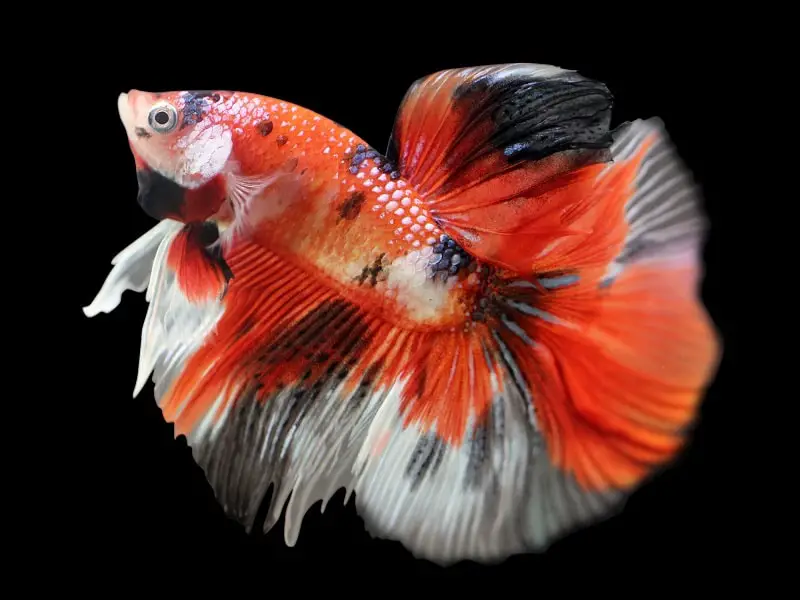
All varieties of betta are beautiful. Koi bettas are bred to look like the extremely popular koi carp. Lots of aquarium species have a koi variety.
Koi carp are normally red, orange, black, and white. Koi bettas mimic this.
Koi bettas usually have a few blue scales as well. Some are bred to have larger blue patches, called galaxy koi bettas.
They are normally short-finned, looking similar to plakat bettas, but you can find long-finned koi bettas if you look hard enough.
A fully grown koi betta will be about three inches long. Their short fins mean that you do not need extra space for them.
A male koi betta is easy to identify. They tend to have brighter colors and more majestic fins than females.
Habitat and Tank Conditions
Koi bettas naturally inhabit tropical freshwaters across Asia, primarily Thailand, Vietnam, Laos, and Cambodia. Most are found in river basins and rice paddies.
The shallow and slow-moving water would be warm and full of vegetation.
You should be aiming to recreate these natural conditions in your aquarium, to make your koi bettas feel right at home.
Tank Conditions
Layer the bottom of the tank with a fine-grained sandy substrate. Place some decoration on top to create interest for your fish.
Adding caves and shaded areas is important so that your koi betta can claim a territory. They will regularly retreat to their own space.
Plants are useful for oxygenating the water. They provide shelter too.
Floating some plants on the surface is beneficial if you are trying to breed your koi bettas since it gives them somewhere to attach their bubble nests.
Keep the water between 75°F and 80°F. The water should have a pH of 6.0-8.0 and a hardness of 5-35 dGH.
While a filter is important for maintaining clean water, make sure the outlet isn’t too strong. Bettas naturally live in near-stagnant conditions.
What Size Aquarium do they need?
A 10-gallon aquarium is big enough to hold a single koi betta. You will need a bigger one if you want to add tank mates since this will make your betta more aware and protective of their territory.
Tank Mates
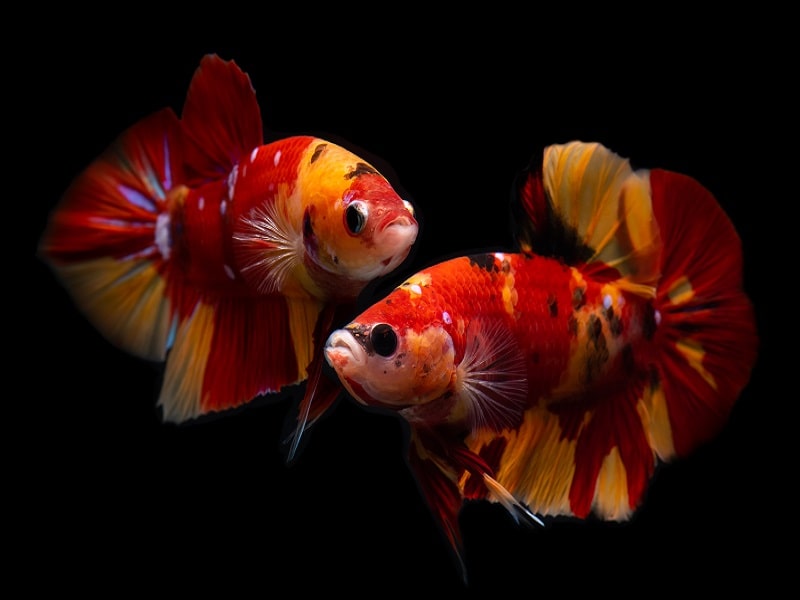
Potential tankmates for betta fish are limited due to their aggression, and this is especially true for koi bettas. If picked poorly, tank mates will fight with your betta, which could lead to the death of a fish.
Avoid boisterous or territorial fish for this reason.
A small shoaling species is a safer option. Keeping a group makes it tough for a koi betta to pick on a specific fish repeatedly. They are faster too, so they can get away easily.
Try species like danios, tetras, mollies, and White Cloud Mountain minnows. Peaceful bottom-dwellers like kuhli Loaches and Corydoras catfish work well too.
Bettas naturally live a solitary life, so you can keep them as the only fish in the tank.
Can You Keep Koi Bettas Together?
It is recommended that you keep koi bettas singly, to avoid an outbreak of fighting. Keeping a female will be the calmest.
If you really want multiple koi bettas, then keep a sorority of females in a large tank. Each female needs their own space and will fight if their territory is threatened.
Only keep a male and a female if you are planning to breed them.
Care
Koi bettas are hardy fish, but you still need to maintain your aquarium properly to keep them healthy.
Wipe away excess algae and perform weekly water changes. Use a water testing kit before you do this each time, to check that the parameters are correct.
Pathogens thrive in poor conditions, but they can pose a threat in any tank.
Koi bettas can pick up many common freshwater diseases, such as ich or fin rot. There are medications available in pet stores for infections like these.
Treat your fish in a separate quarantine tank. This prevents the spread of disease and means that any tank mates do not have to be exposed to the medicine.
Since these fish are known to fight, they can easily pick up an injury. This could affect their behavior, or it could make them more vulnerable to disease.
Diet
These carnivorous fish need plenty of protein in their diet. Koi bettas eat things like worms, mosquito larvae, and even tiny fish in their natural environment.
In captivity, give them some nutritious live/frozen foods. Bloodworms, brine shrimp, and daphnia are some commonly sold examples.
You can use commercially dried foods, but they are less nutritious, so make sure to supplement them with something else.
At feeding times, give them an amount that they can easily finish in two minutes. They will eat until there is nothing left so be careful not to overfeed them.
Breeding
Breeding betta fish is never a simple task, and because koi bettas will only mate in the perfect environment, the process is even more difficult.
A good cleaning routine is essential. Check the water parameters regularly and perform frequent partial water changes.
You also need to condition the male and female separately to get them ready to breed before introducing them.
You should feed each one a highly nutritious diet 2-4 times a day for a couple of weeks. They should be kept in warmer water about 78°F-80°F too.
Once you introduce the pair, the male should build a bubble nest by blowing bubbles, coating them with saliva, and packing them up tightly.
The female will release her eggs for the male to collect and take to the nest. He will then guard them until they hatch after a few days.
It will take the fry a little while before they are confident enough to leave the nest and live independently.
Are Koi Bettas Suitable for Your Aquarium?
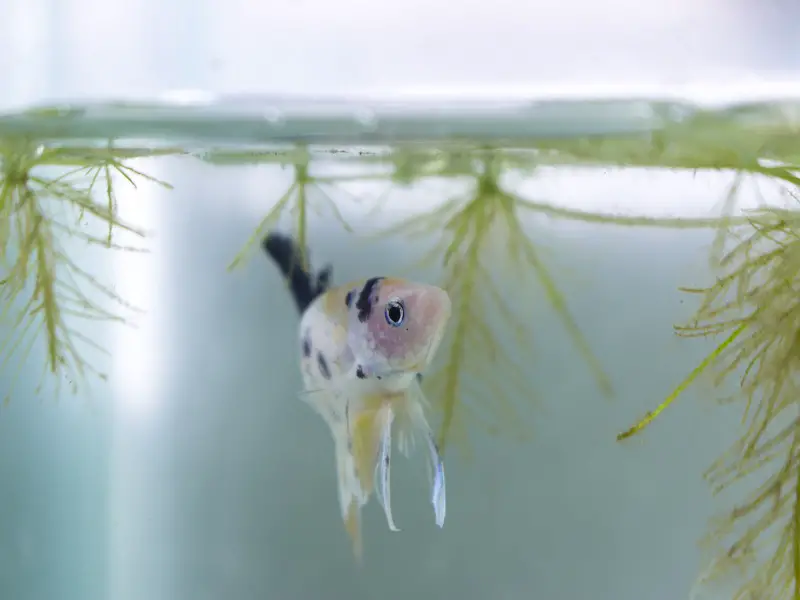
While koi bettas may be aggressive, they are easy to fish to care for. They are very commonly kept so there’s lots of information available on how to care for them.
If you are new to fishkeeping, it is safer to keep them singly to avoid any compatibility problems. Anyone with more experience should be fine keeping them in a peaceful community.
If you are able to maintain a healthy aquarium, you will be able to sit back and enjoy this beautiful fish for years.
Are koi bettas your favorite variety of betta? Let us know in the comments below…


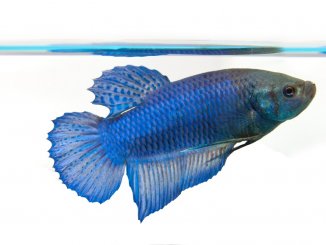
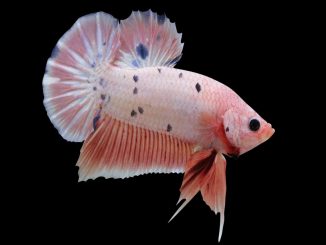
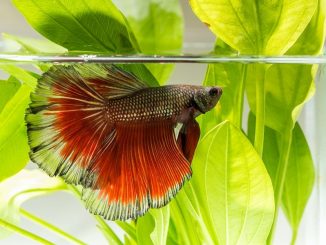
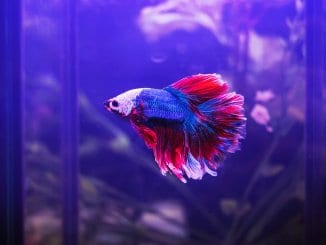
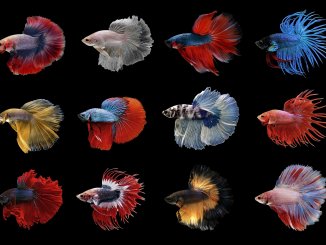
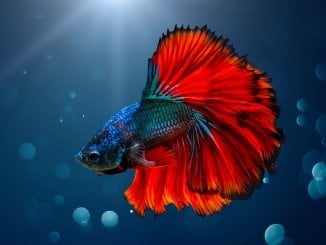

I love this fish
I’ve never seen a fish with so much personality. He play with his self. He comes up to the tank like he talking back to you. Aggressive is real. I know when he is mad at me. So cute. I think he likes to argue. Sometimes he would sit and stair at me. I”ll say, “What you looking at”. He would go away. Then, when I do it to him. He would Aggressively move his mouth. And I stop…lol. Cool fish. I call him LL Cool J. 😄